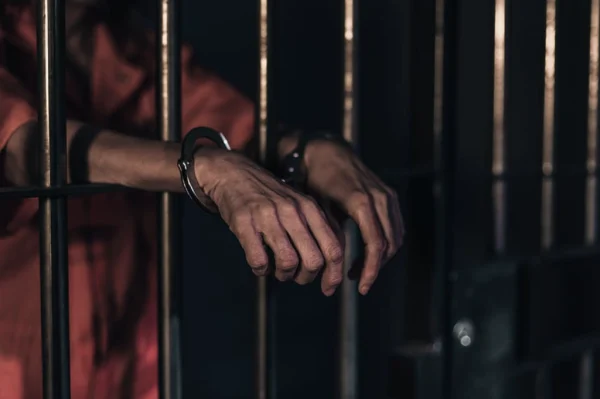Top 3 Animal Restraints.
January 9, 2023
Dog restraints are the primary standard veterinarians use when grooming or handling aggressive animals. Restraint is the process of holding back, checking, or suppressing an action and keeping something under control using safety and some means of action. Putting control on an animal reduces fewer possibility of getting bitten when they get nervous or afraid. Although some people may believe that no animal would harm them, we sometimes portray body signals that actually mean the opposite to them. When selecting the correct restraint the staff’s safety is the top priority. The top 3 types of restraints used are physical, environmental, and chemical.
Physical restraint is mainly used to limit some of the mobility of the animal when getting an examination, having samples taken, or drug administration. This procedure minimalizes pain and fear by putting in the least amount of restraint allowed. The top physical restraint is the muzzle. A muzzle is a mask-like device placed over the snout of a dog to prevent injury from biting. Using this can still allow them to eat and drink but prevents bite risk from the animal.
Environmental restraints temporarily control an animal’s mobility. This would include kennels, cages, or stalls. The most commonly used restraint is the kennel. Using this gives the dog their safe place as well as a place to put them when needed. To avoid any damage however it must be elevated off the ground by a few inches. For the most comfort adding a dry bed will make it easier for them to get the feeling of the kennel.
Chemical restraint includes any form of medication used to inhibit the movement of the animal. This restraint is commonly used when animals need medical treatments. Veternarians administrate anesthetic drugs themselves to one of the animal delivery systems. With bigger zoo animals they, however, get the anesthetic drug put in a blow dart which is a gunpowder explosive dart. Any remote delivery system with a bigger animal can be dangerous in many cases.
With all three restraints knowing how to properly administrate them can prevent injury risks and create less anxiety for the animal. Although you may feel the animal won’t care for most restraints you should always find the one they most feel comfortable with to prevent bite risk.











